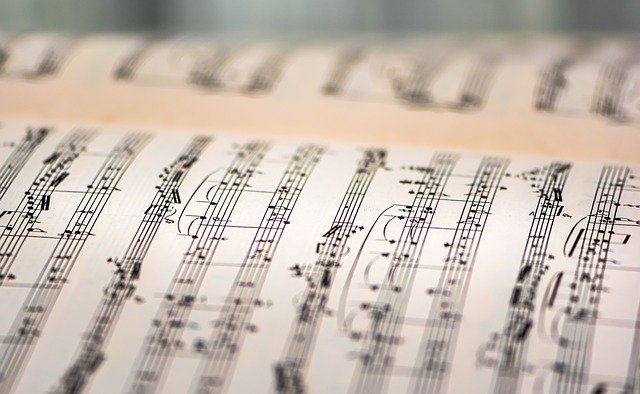Since radio technology changes constantly, the debate between digital and traditional radio has heated up. Both have advantages, and understanding their differences helps improve hearing. Let’s compare the digital and real worlds’ primary pros and disadvantages.
Digital Radio: Breaking the Rules
Digital radio has transformed how we listen to music and discussion broadcasts with its clear signal and improved sound. Its ability to convey data with music, like song titles and artist names, makes it stand out. This format offers more channels, so you may watch a variety of content.
Analog Radio: Every Wave Is a Call to Remember
However, analog radio is beautiful. The quiet and gentle tones may take you back in time. You may be confident of a solid connection even in remote regions because analog signals function well on many surfaces. Many radio enthusiasts prefer traditional radio’s simplicity and authenticity.
The Battle of Fidelity: A Sound Quality Battle

The digital world has superior sound. Clear hearing is possible when distortion and static are removed. Many digital radio stations use high-tech audio codecs to preserve artists’ intricacies. Analog is cute, but digital may be better.
Conclusion
Personal preferences determine whether to listen to digital or traditional radio in this digital age. Digital radio delivers fresh ideas, better sound, and more content. However, nostalgic listeners adore analog radio. The debate over these two radio styles will continue to shape music listening as technology advances. Radio awaits you with its countless options and possibilities, whether you like analog or digital.


 When it comes to advancing one’s music career, you will come across offers to buy youtube subscribers, since YouTube is a great platform for running marketing campaigns. Purchasing YouTube subscribers is an innovative strategy used in carrying out
When it comes to advancing one’s music career, you will come across offers to buy youtube subscribers, since YouTube is a great platform for running marketing campaigns. Purchasing YouTube subscribers is an innovative strategy used in carrying out  While 1,000 subscribers do not actually have a direct impact in the calculation of the revenue, growth in numbers is still a significant factor in the assessment of a YouTube channel’s popularity and credibility. Engaging and responding to viewer comments are valuable actions to take when looking to organically grow the subscriber population of a YouTube channel.
While 1,000 subscribers do not actually have a direct impact in the calculation of the revenue, growth in numbers is still a significant factor in the assessment of a YouTube channel’s popularity and credibility. Engaging and responding to viewer comments are valuable actions to take when looking to organically grow the subscriber population of a YouTube channel.